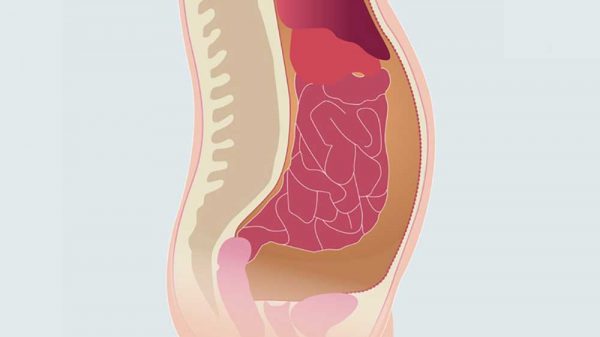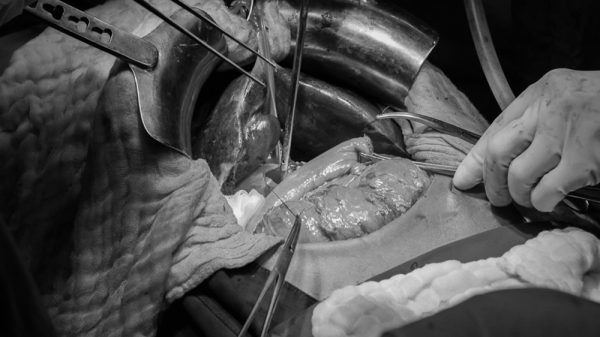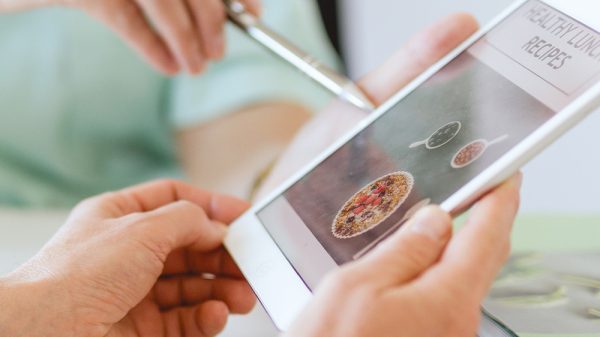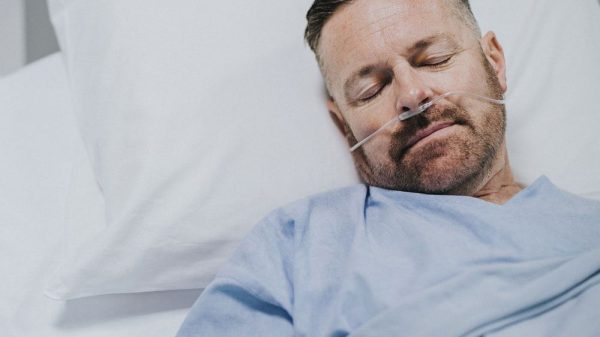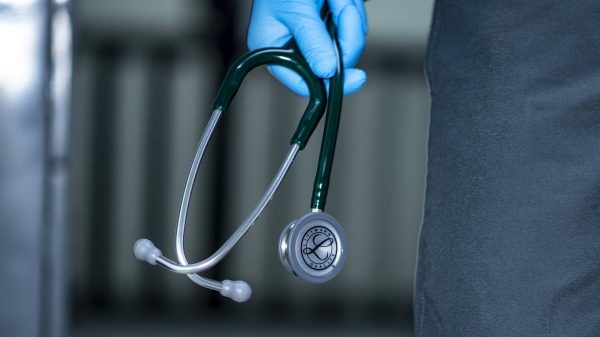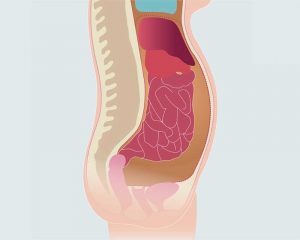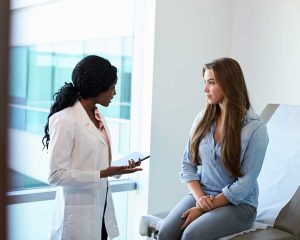Have you been diagnosed with non-alcoholic fatty liver disease (NAFLD)? This is an early-stage liver disease that can sometimes lead to Fibrosis (scarring) or Cirrhosis after NAFLD treatment. NAFLD is relatively common with it affecting up to one-quarter of all people in the US. Sometimes there are no symptoms so it’s important to get tested from time to time to check if you have this condition. It can help to determine if you have NAFLD or alcoholic liver disease (ALD). The liver is the largest solid organ in the human body and has many important functions. So it’s critical to help minimize any damage to the liver after being diagnosed with liver disease.
There are various tools for treating NAFLD. They include blood tests, imaging tests, and tissue testing. Afterward, there are also various treatment options. One of the holistic (whole-body) options is a liver disease diet. This includes various options including fatty fish, leafy greens, and black coffee. Studies show that these foods can help to treat/manage the disease’s symptoms in different ways. They include reducing inflammation, decreasing enzymes, and reducing fat buildup. These are all important goals to deal with NAFLD effectively and help prevent it from progressing to late-stage liver disease.
What Exactly Is NAFLD?
Non-alcoholic fatty liver disease (NAFLD) is, in fact, a common group of health conditions. As the name suggests it involves fat buildup in the liver of people who consume little/no alcohol. This differs from alcoholic liver disease (ALD) that is caused by heavy drinking.
Some NAFLD patients also have another condition known as NASH. This involves inflammation of liver cells and different amounts of liver scarring. NASH can become a serious disease that can result in major liver scarring known as cirrhosis.
Cirrhosis of the liver happens when there’s major scarring of liver tissue. This results in scar tissue slowly replacing healthy tissue. This causes various liver functions to stop working. There are no “cures” for late-stage cirrhosis except for liver transplant.
There are two main kinds of liver transplants: partial and full. In some cases, a partial liver transplant is done. This is due to a small area becoming diseased or to help treat the patient’s liver until a full liver is found. The donor’s liver grows back within a few weeks.
It’s important to note that alcoholic liver cirrhosis is the most serious type. However non-alcoholic cirrhosis is also a serious disease so it’s also important to take steps to treat/manage it effectively. Such steps can help to prevent the disease from progressing through the four stages of liver cirrhosis.
Most people who have NAFLD don’t have any symptoms and signs during exams. The liver could be slightly larger than normal. It’s important to have your liver’s condition tested from time to time to check the organ’s health and check for conditions like liver disease, liver cancer, and so on.
NAFLD is linked to various other health conditions. They include being overweight/obese, pre-diabetes/diabetes, high blood pressure/cholesterol/fat, and so on. There are different symptoms and not all NAFLD patients have all of them.
NAFLD Treatment Options
Medications
The US Food & Drug Administration (FDA) hasn’t approved any prescription drugs for FLD. However, it’s now studying various meds that could provide some positive results. It’s important to talk to your doctor about other options like dietary supplements.
Cholesterol Levels
You can use methods like prescription meds and regular exercise to help lower levels of blood fat. High triglycerides can have various negative effects on your body including the liver. So it’s important to control cholesterol through diet, exercise, etc.
Weight Loss
This is usually the first option or treatment. It can include a combination of regular exercise and a healthy diet. This can help to lower the body’s overall fat levels and also liver fat.
It’s good to decrease body weight by 10%. However, you can also lower various risk factors by losing as low as 3% of the starting body weight. Another option is weight-loss surgery. However, this is a costly surgery and can cause various side-effects and risks.
If you want to lose weight to treat NAFLD there are various holistic (whole-body) options. They include various diet programs including:
- Keto/Atkins
- Intermittent Fasting (IF)
- Paleo
- Mediterranean diet
- Vegetarian/Vegan
These diets take approaches like lowering the intake of calories, carbs, sugar, refined grains, and artificial additives. This can in turn help to lower weight. You can also do a combination of cardio and weight-resistance exercises to help maximize weight loss.
Lifestyle changes
There are various that might help to treat NAFLD effectively. They include reducing stress, getting enough sleep, and minimizing alcohol. This can help to minimize symptoms and prevent complications.
The effects might be surprising. For example, a high-stress life can boost the hormone cortisol. This, in turn, can affect the immune system and affect the body’s ability to fight off free radical cells that attack healthy liver tissue. Lack of sleep can have a similar effect.
NAFLD Nutrition Guidelines
1. Avoid heavy drinking
This is something you should do anyway for various reasons. However, even if you don’t have alcoholic fatty liver, alcohol consumption can cause more liver damage and possibly cause your liver disease to progress to later diseases. If you want to avoid that situation then limit alcohol or ditch it completely.
2. Pick low-glycemic index (GI) foods
This includes foods that don’t cause blood sugar spikes. Foods that can cause this effect include:
- All sugars
- Refined grains
- Starchy vegetables
- Sugary fruits
- Sweetened juices, teas, coffees, etc.
Starchy veggies/sugary fruits are a mixed bag. They can provide lots of nutrients but if you have NAFLD it’s best to limit them since glucose spikes might negatively affect your liver health.
3. Reduce weight if overweight/obese
This will likely be part of doctor’s orders if you have NAFLD. That’s because there’s a direct link between high levels of body fat and liver fat. So if you’re overweight/obese it’s important to take steps to reduce your weight. They include a healthy diet and regular exercise. You might even consider diet programs like Keto, Paleo, or Mediterranean.
4. Reduce unhealthy fat
There are certain fats you should either ditch or limit. For example, trans-fats are one you should ditch completely from your diet due to them being very healthy.
Saturated fat is fat you should limit. It’s also better to get this fat from sources like olives and coconut versus meat like Beef and chicken. For example, when cooking consider cooking with extra virgin olive oil (EVOO) since it’s loaded with healthy saturated fat.
You should also go with omega-3s over omega-6s. This includes foods like fatty fish, nuts/seeds, avocado, and dairy. These foods are high in super-healthy fats. You shouldn’t ditch omega-6s per se. However, make sure you’re consuming more omega-3x for NAFLD treatment.
